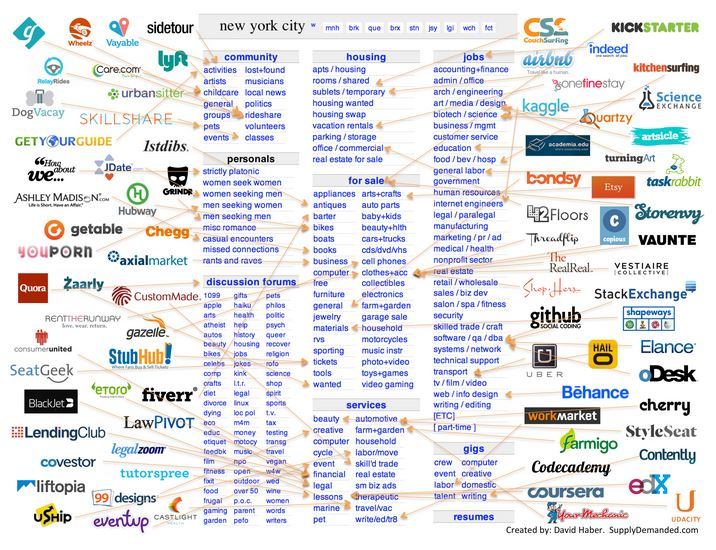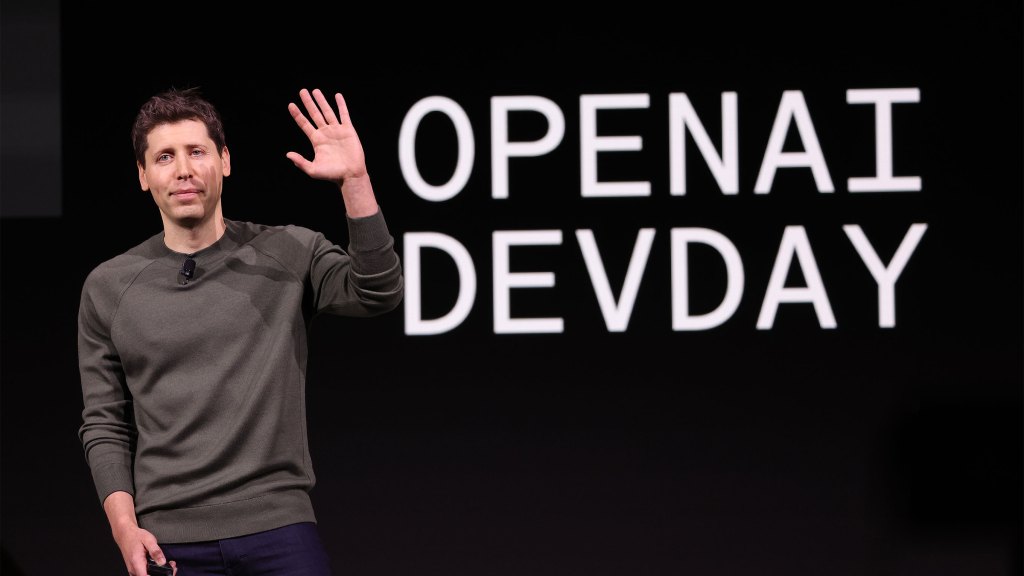Paul Estes
For SaaS companies, not having a gig economy strategy as we start 2021 is like missing the internet trend in 1990 or failing to get ahead of the mobile revolution in 2010.
Leading SaaS are now using on-demand experts to revolutionize the customer experience. They’re growing revenue and post-sales retention and even using the insights to build better products. According to Staffing Industry Analysts (SIA), the global gig economy is approaching $5 trillion as project-based staffing continues this digital transformation.
SaaS superstars like Amazon AWS and Qualtrics have been investing in on-demand expertise for years, and in 2019, market research firm Million Insights published a market report that predicted tech services will be a trillion dollar market by 2025. Much of this growth boils down to some simple facts about the increasingly emotional act of consumption.
A 2013 Gallup report found that customers who had a strong attachment to a brand spend a full 23% more than an average customer of the same brand.
Conversely, more than eight in 10 executives interviewed in a 2015 report from The Economist Intelligence Unit believed their companies lose sales each year because of a failure to engage properly with the customer.
By bringing human experts into their software solutions, companies can engage with their customers to solve problems more efficiently and in a more personalized manner while simultaneously gathering important insights about how to make their products more intuitive.
It’s a win-win for both sides, but it involves putting aside the notion that new product features will solve your customers’ every need. They won’t. In fact, more than 80% of new product features are never used.
The world’s SaaS leaders are well onboard the gig economy train. Need some help drafting that big companywide memo? Hire a Grammarly Expert to help you mind your p’s and q’s. Does filing your tax return give you anxiety? TurboTax Live is here to the rescue with actual on-demand CPAs to review your return before you turn it in.
Don’t have the time to Google “How to build a website” 100 times as you patch together something subpar? Simplify the entire process by joining GoDaddy Pro and be connected with the perfect WordPress designer or developer to craft the site of your dreams.
Software companies race to release new products and features because they want to provide the very best technologies to their customers and edge out the competition. Yet no matter how well-intended their decisions, too many SaaS features fail to drive real customer engagement. Why? Because no matter how advanced the software is, it can only do so much.
And when it comes to understanding and solving the customer’s problem, too often the new features simply aren’t enough.
There are four core drivers for why on-demand experts are a critical requirement for any business:
Need for increased customer retention
In today’s time-starved world, most of your customers are not able to learn and understand the full capabilities of your offering on their own. In fact, most of your customers are using less than 20%, and possibly as little as 5% of your feature set. Their underutilization directly impacts the retention and growth of your service, because customers don’t value capabilities they don’t use or even know about. From a financial perspective, the ROI of retention cannot be overstated. The Harvard Business Review reported that a mere 5% increase in retention can increase profits between 25% and 95%.
Customers expect instant gratification
To successfully grow your business and better serve your customers, you need to listen to the customer’s intent and identify their desired outcome. Humans don’t provide this type of signal when they interact with machines; in fact, we have been trained not to. This is obvious when you look at something like how people “talk” to some of the most advanced algorithms on the planet (search engines) versus how they talk to a real person.
The difference is so stark that there’s a whole category of internet humor devoted to it (see, for example, “if Google was a guy”). Human experts are uniquely able to listen to your customer’s intent and understand their desired outcome. They can help the customer and enable you to more quickly identify high-value gaps/needs and address them faster than your competition. In other words, empathy matters more to an individual customer than constant product updates that often miss the mark.
Structured digital exhaust
In a world where we have endless data at our fingertips, it’s easy to get stuck analyzing and optimizing for the wrong data. Structured customer intent data generated by EI is a unique signal that enables you to train high-value AI/ML solutions that serve your customers. Fashion curation platform Stitch Fix is a perfect example of this.
While the company’s complex algorithms do everything from matching a stylist with a customer to producing rank-ordered lists of inventory, the human experts (i.e., stylists) perform much of the decision-making that requires knowledge of social norms, improvisation and human relatability — all done through a custom-built interface designed to help them work efficiently while also providing instant feedback to the company on how the algorithms can improve.
This symbiotic system of human and computer helps the company improve their algorithmic styling, human training procedures and the very interface they use to work together.
Hyperspecialization is an emerging frontier
The future is increasingly specialized as technology companies claim distinct verticals and deliver more in-depth solutions. In all but a few circumstances, horizontal platforms become victims of their own success, as witnessed in the now well-known diagram that documents the unbundling of Craigslist.
According to Andreessen Horowitz, “As the platforms grow, their submarkets grow too; their product gets pulled in a million different directions. Users get annoyed with an experience and business that caters to the lowest common denominator. And suddenly, what was previously too small a market to care about is a very interesting place for a standalone NewCo.”

Our ability to create technology often moves faster than our ability to properly use it, so retaining human expertise at key decision-points guards against the risks this brings. Furthermore, oftentimes the issue is not that a customer requires help in order to use a product feature or update, it’s that they have no need for it, and therefore don’t use it at all. On-demand service can help narrow down what customers actually want, and when they want it.
Bridge the difference between human and machine interactions
As we’re seeing with the hyperspecialization trend and the rapid growth of on-demand experts, the value that human expertise brings to solving customer pain points is gaining recognition. Unlocking this value requires that we create and foster digital trust, which in turn requires us to provide well-trained experts who can deliver consistent and repeatable outcomes combined with that unique human touch.
We need to do a better job of listening to our customer’s intents and outcomes. Rather than reviewing or purchasing top search terms and burying users or potential users in pages of questionable internet help content, we need to find ways to deliver expert advice quickly and effectively. More and more we’re hearing, “I want to talk to a HUMAN!”
Offering customers expert intelligence on demand acknowledges the fact that human-to-human interaction is fundamentally different than human-to-machine interactions. It responds with a solution that bridges this difference to create differentiation and value over competitors while also helping software teams discover opportunities to better serve customers today and in the future.
I’ve seen firsthand how well this works when done right. During my tenure at Microsoft, we launched Microsoft Experts and were able to glean insights into customer needs that we’d never had before. Now, our on-demand strategy at MURAL is taking shape, and with it our members’ ability to put imagination to work with their teams like never before.
So the question is: What does your business’s on-demand strategy look like?
Subscription-based pricing is dead: Smart SaaS companies are shifting to usage-based models































Comment